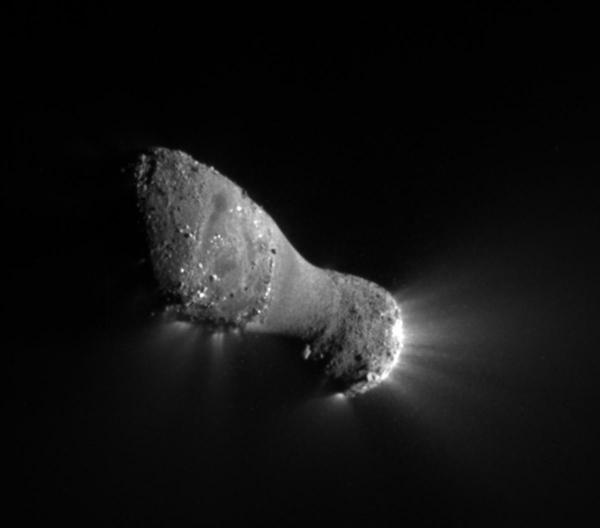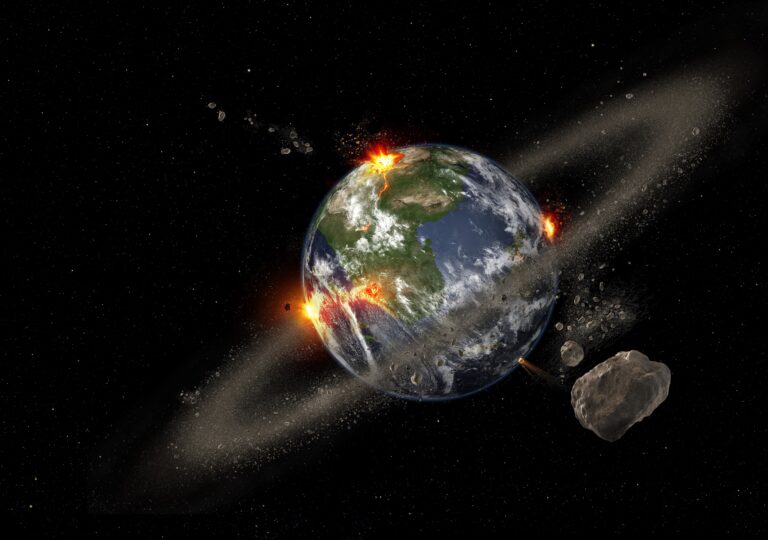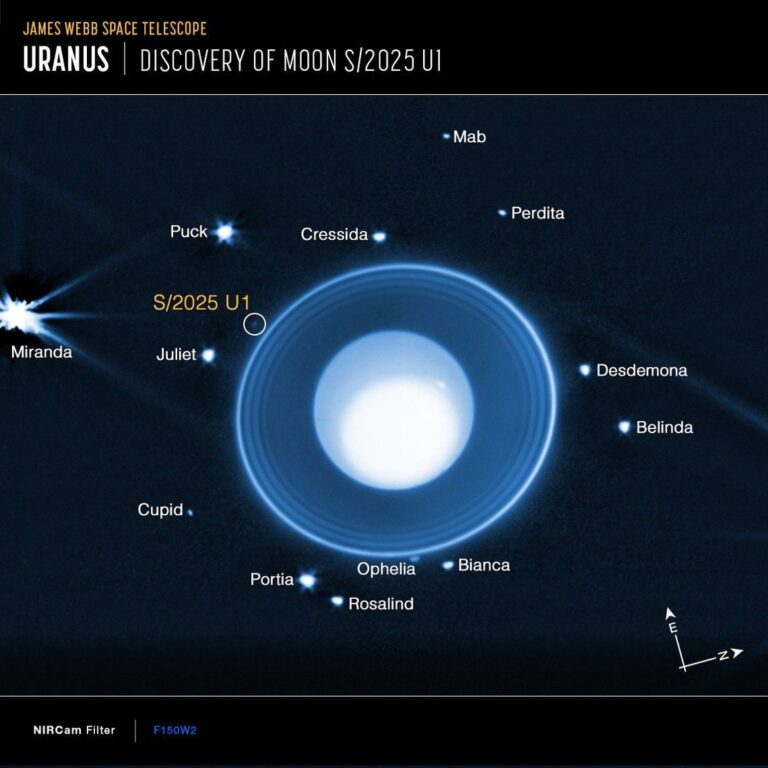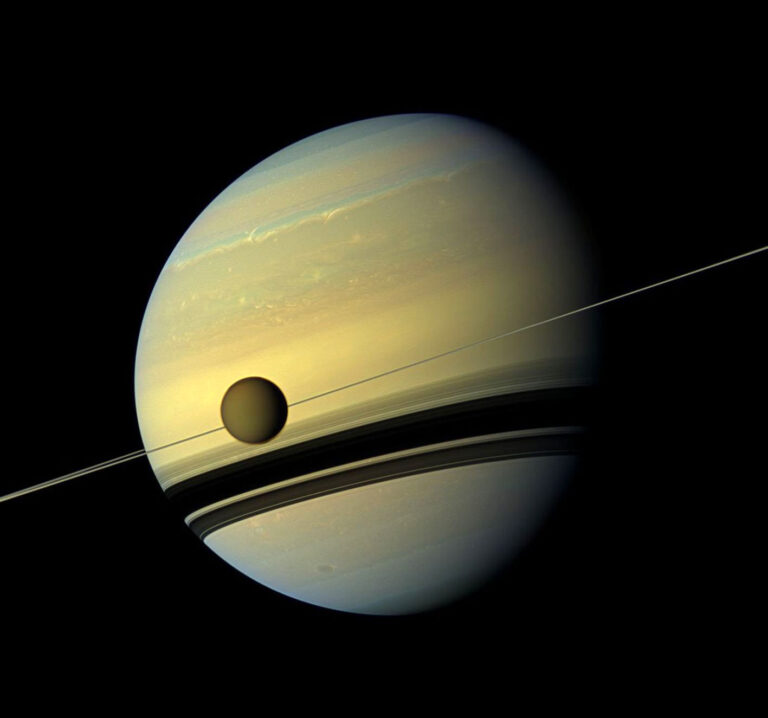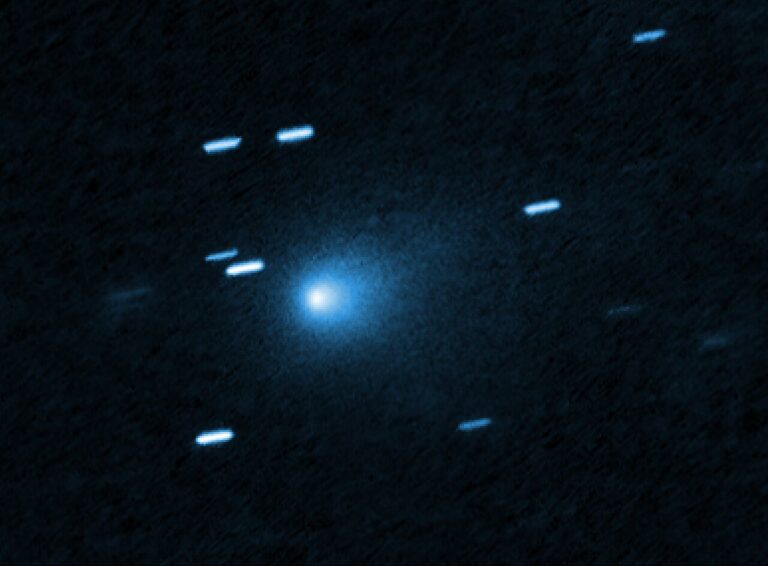Key Takeaways:
PSI Senior Scientists Nalin H. Samarasinha and Beatrice E.A. Mueller have determined such changes are a function of a comet’s size, period, and the solar energy it receives, but surprisingly not a function of the fraction of a comet’s surface that is active.
“You get more change if there is more solar energy and less change if it is spinning more rapidly to begin with or if it is a larger comet. Larger, rapidly rotating comets are not going to change their spin status very much,” Samarasinha said. “We expected that the fraction of the surface of the comet that is active would also be a controlling factor, but that proved not to be the case.”
Rotational changes occur due to reaction torques on the nucleus caused by outgassing as a comet approaches the Sun. By investigating the changes in the rotational periods of four comets – 2P/Encke, 9P/Tempel, 10P/Tempel, and 103P/Hartley, where the second and the fourth comets had close flybys by NASA spacecraft – Samarasinha and Mueller discovered a simple relationship using their size, rotational period, and amount of sunlight received that reproduced the magnitude of those changes.
“Rotational periods and their changes are important not only for investigating the physical evolution of comets but also for detailed planning of future space missions to comets,” Samarasinha said.
Applying their method to Comet ISON, Samarasinha and Mueller conclude it will spin up and will become a tumbling object as it gets close to the Sun. Comet ISON will come to within 740,000 miles (1.2 million kilometers) from the “surface” of the Sun – about three times the distance between the Earth and the Moon.
The spin-up of ISON could result in increased shedding of material from the nucleus as it is subjected to solar tides and intense heating during its close passage by the Sun.
“While these mass sheddings may result in interesting events for astronomers, we hope the nucleus of Comet ISON is sufficiently large to avoid complete disruption – an outcome common to many sungrazing comets,” Mueller said.

